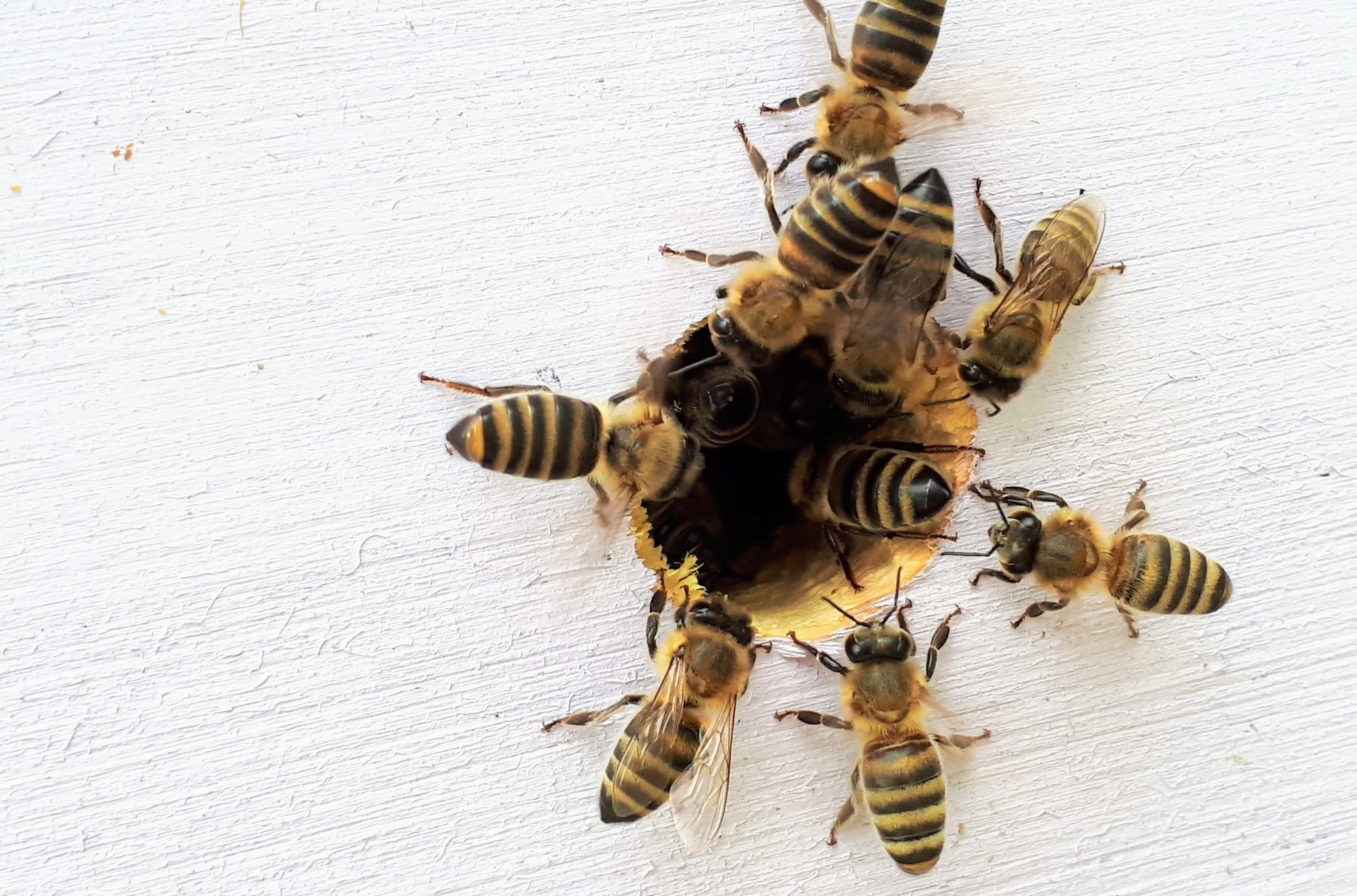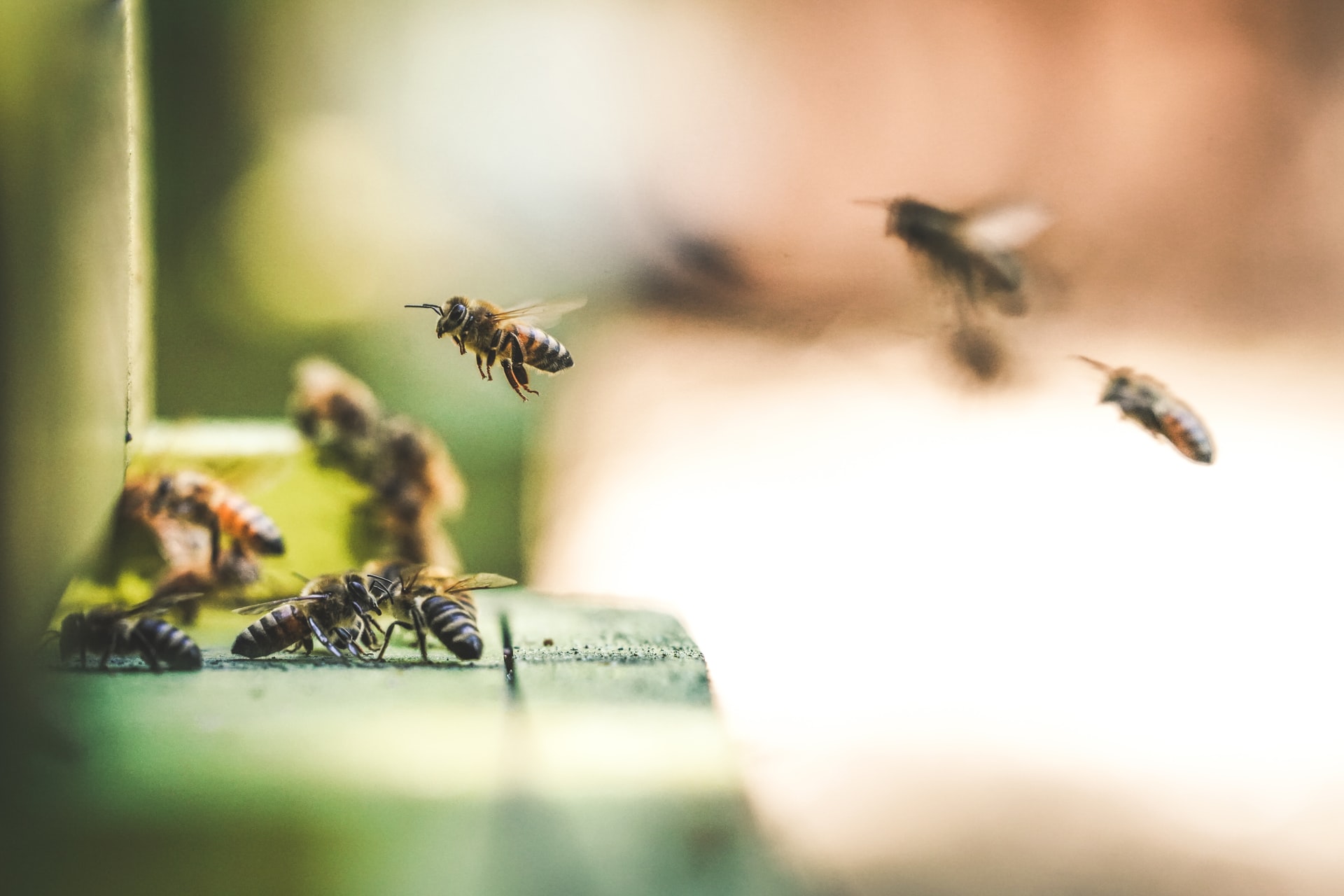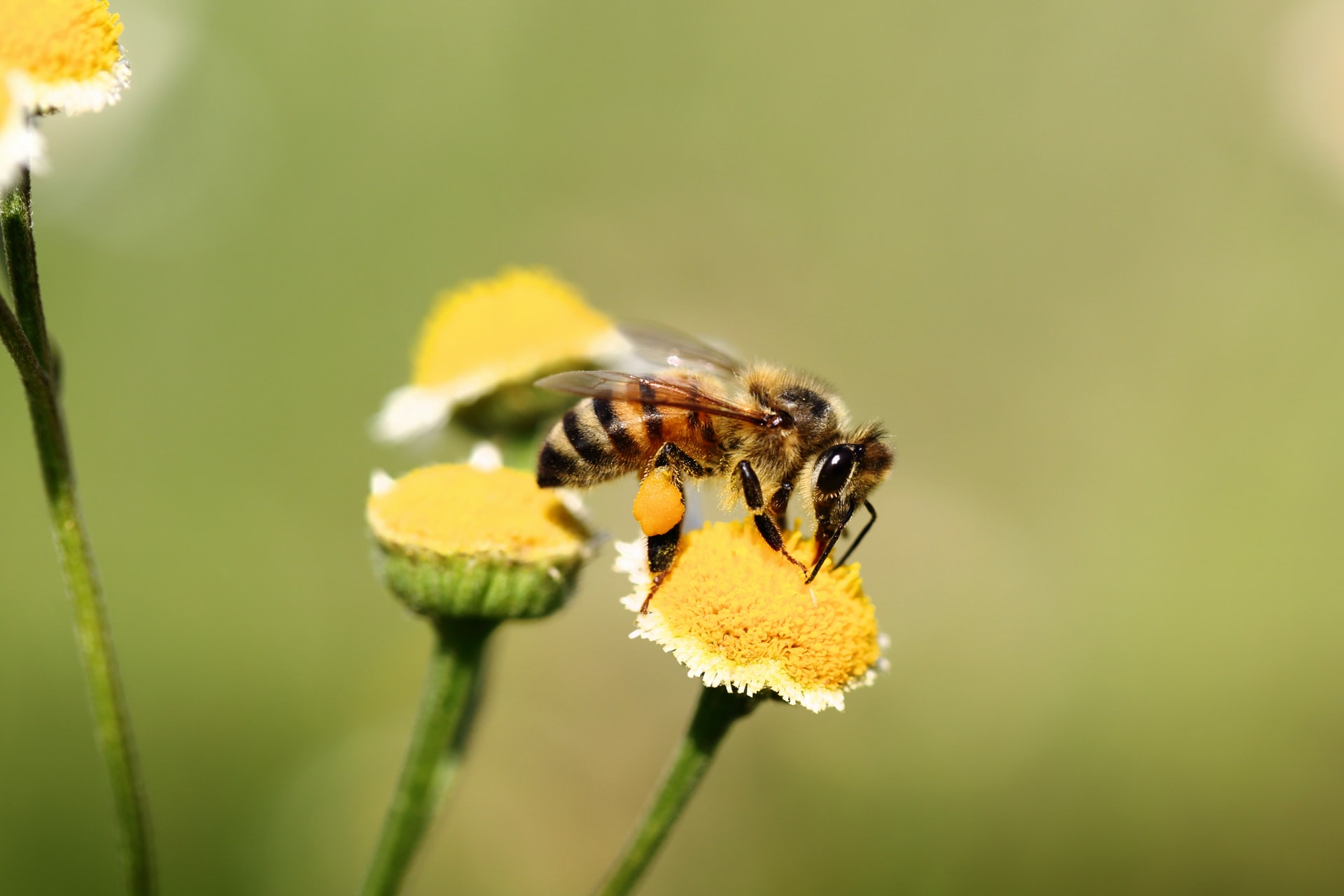
- 21 Sep 2021
- Leroy Silva
- Blog
- Comments: 0
Facts About Bees: Bumblebees (Apis Mellifera) and honey bees (Apis Mellifera) are pollinating insects that are useful to the environment.
Did you know that honey bees will be responsible for pollinating one-third of all food crops in the future? For hundreds of years, beekeepers have been rearing honey bees, harvesting the wonderful honey they create, and relying on them to pollinate crops so that their harvests thrive.
A colony of bees can have up to 60,000 bees.
Bees are extremely busy insects, and a hive of 20,000 to 60,000 bees is required to complete the task.
- The queen’s personal attendants bathe and feed her.
- Take care of the young bees and nurture them.
- Beeswax foundation is made by construction worker bees for the queen to lay eggs and the workers to stock honey.
- Protect other bees and keep an eye on the hive.
- Pollen and nectar are brought in by foragers in sufficient quantities to feed the entire group.
- Undertakers remove the deceased and clean up any debris in the hive.

Honey bees travel at a speed of 15-20 miles per hour.
They’re designed to make brief journeys from one flower to the next. Honeybees are not the fastest fliers in the insect world, flying at speeds of 15-20 miles per hour. To drive their bodies uphill for a journey to the hive, their tiny wings flap 12,000 to 15,000 times per minute. Each bee contains 170 odorant receptors, indicating that it has a keen perception of scent. When seeking sustenance, they utilize this to converse among the hive and to identify various types of blossoms.
Worker bees only live for 5 to 6 weeks in general. She’ll make around an eighth of a tablespoon of honey throughout this period.
Queen Honey Bees Stockpile Sperm for a Lifetime
The queen, on the other hand, does not need to mate again if she does mate. Rather, she keeps her sperm in her spermatheca and uses it to fertilize eggs all her life. The queen bee lives for three to five years and loses her ability if she does not mate after 20 days.
Summer is her busiest season, when she may produce up to 2,500 eggs each day!
A single worker bee produces .083 tsp of honey.
Each worker produces approximately.083 teaspoons of honey.
From spring to fall, worker bees generate roughly 60 pounds of honey per year to secure the colony’s survival over the winter.

Symbolic Lingo is used by honey bees.
They cram a million neurons into a brain the size of a cubic millimeter and use every single one of them. Worker bees provide a variety of functions during their lives. Honey bees communicate using the most complex symbolic language known to mankind. Foragers, for example, find flowers, locate food sources, return home, and transmit comprehensive facts about bees. Then, in an intricately planned dance, they share this information with their hive mates.
Every day, a queen honey bee can lay over 2,000 eggs.
As a result, attendant personnel is required to look after the queen’s grooming and feeding demands.
The queen begins to lay eggs 48 hours after mating. A queen bee may produce over 1,500 eggs in a single day, and over the course of a year, she can lay around 1 million eggs.
We will assist you in keeping secure, make a call at +1-301-756-1185. Look no further if you’re seeking the greatest pest control, provider.
